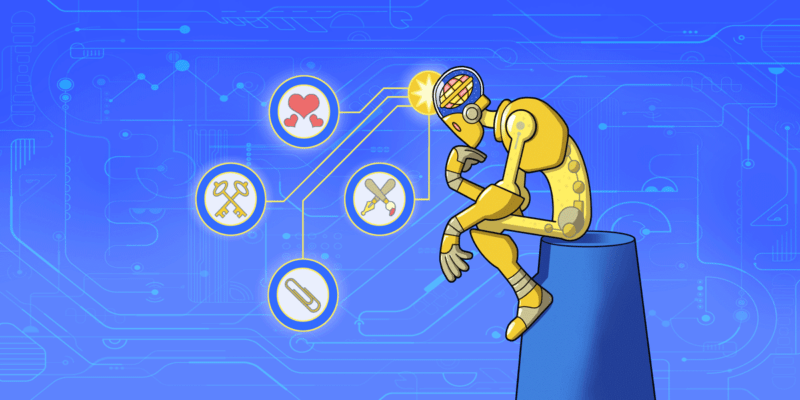
A sobering message about the future at AI’s biggest party

More than 13,000 artificial intelligence mavens flocked to Vancouver this week for the world’s leading academic AI conference, NeurIPS. The venue included a maze of colorful corporate booths aiming to lure recruits for projects like software that plays doctor. Google handed out free luggage scales and socks depicting the colorful bikes employees ride on its campus while IBM offered hats emblazoned with “I ❤️A👁.”
Tuesday night, Google and Uber hosted well-lubricated, over-subscribed parties. At a bleary 8:30 the next morning, one of Google’s top researchers gave a keynote with a sobering message about AI’s future.
Blaise Aguera y Arcas praised the revolutionary technique known as deep learning that has seen teams like his get phones to recognize faces and voices. He also lamented the limitations of that technology, which involves designing software called artificial neural networks that can get better at a specific task by experience or seeing labeled examples of correct answers.
 “We’re kind of like the dog who caught the car,” Aguera y Arcas said. Deep learning has rapidly knocked down some longstanding challenges in AI—but doesn’t immediately seem well suited to many that remain. Problems that involve reasoning or social intelligence, such as weighing up a potential hire in the way a human would, are still out of reach, he said. “All of the models that we have learned how to train are about passing a test or winning a game with a score [but] so many things that intelligences do aren’t covered by that rubric at all,” he said.
“We’re kind of like the dog who caught the car,” Aguera y Arcas said. Deep learning has rapidly knocked down some longstanding challenges in AI—but doesn’t immediately seem well suited to many that remain. Problems that involve reasoning or social intelligence, such as weighing up a potential hire in the way a human would, are still out of reach, he said. “All of the models that we have learned how to train are about passing a test or winning a game with a score [but] so many things that intelligences do aren’t covered by that rubric at all,” he said.
Hours later, one of the three researchers seen as the godfathers of deep learning also pointed to the limitations of the technology he had helped bring into the world. Yoshua Bengio, director of Mila, an AI institute in Montreal, recently shared the highest prize in computing with two other researchers for starting the deep learning revolution. But he noted that the technique yields highly specialized results; a system trained to show superhuman performance at one videogame is incapable of playing any other. “We have machines that learn in a very narrow way,” Bengio said. “They need much more data to learn a task than human examples of intelligence, and they still make stupid mistakes.”
Bengio and Aguera y Arcas both urged NeurIPS attendees to think more about the biological roots of natural intelligence. Aguera y Arcas showed results from experiments in which simulated bacteria adapted to seek food and communicate through a form of artificial evolution. Bengio discussed early work on making deep learning systems flexible enough to handle situations very different from those they were trained on, and made an analogy to how humans can handle new scenarios like driving in a different city or country.




